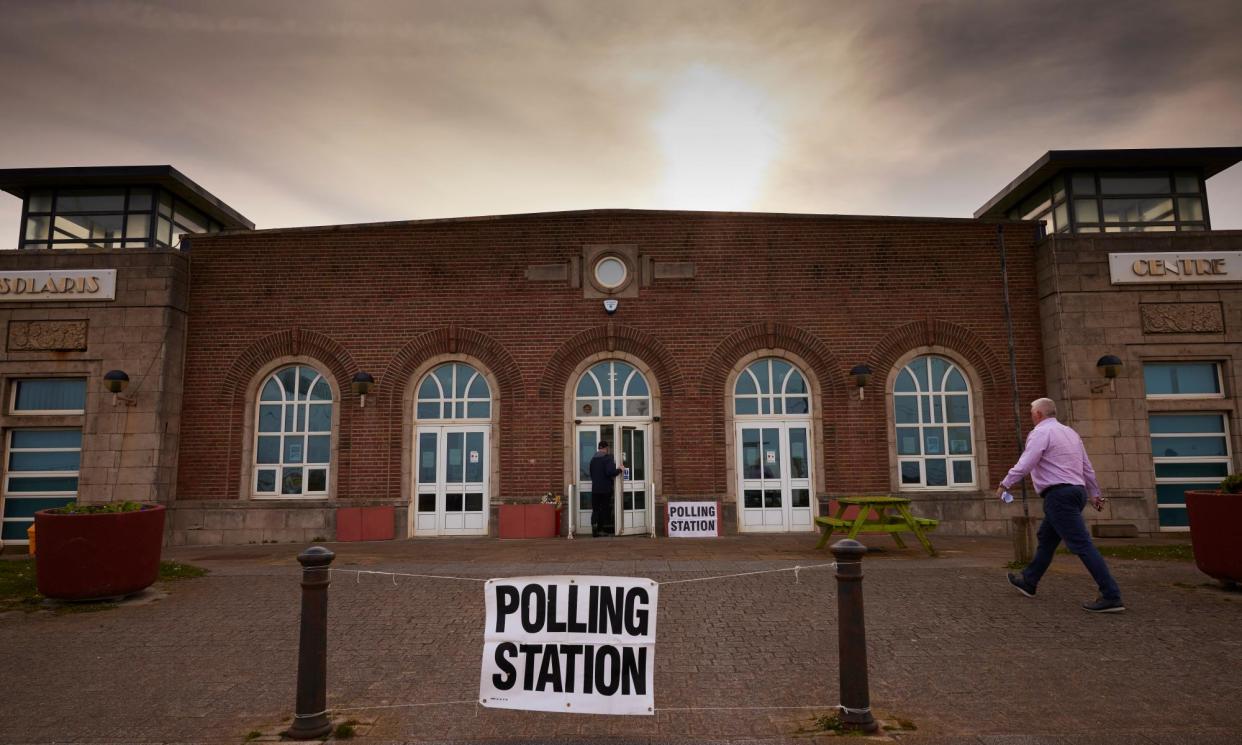UK elections: what is tactical voting and how does it work?

What is tactical voting?
In essence, it is a way for people to try to get round the peculiarities of the UK’s first-past-the-post electoral system in which a party can win a seat with a minority of the vote share, as long as the other votes are split between opponents.
Under tactical voting, people who do not want the incumbent or leading party to win, may vote for the opponent most likely to unseat them, rather than their preferred choice. In practice, this almost always means Labour, Liberal Democrat, Green, Scottish National party or Plaid Cymru supporters voting for the most likely candidate to beat the Conservatives – although the rise of Reform UK has slightly complicated this.
Can it make a difference?
Very much so. This is particularly noticeable in byelections, where it can be easier to get the tactical voting message across. To take one example, in the 2021 North Shropshire byelection, the Lib Dems overturned a near-23,000 Tory majority because much of the Labour vote shifted over to back their candidate.
In general elections it can be harder for this to happen, as the message is necessarily more confused. Guides such as that produced by Best for Britain can help people understand which party is best placed to challenge the Tories. But it relies on a certain level of political engagement, which is not the case for many voters.
Could it make a difference on 4 July?
It remains to be seen, but potentially more so than usual, and for a series of reasons. The first is that voters seem to be getting better at tactical voting. A number of byelections in which large Tory majorities have been lost have helped show how it can work.
Another factor that is likely to cause more tactical voting this year than in 2019 is that Lib Dems and former Conservatives are more likely to want to help Labour because Keir Starmer is seen as more reassuring than Jeremy Corbyn as leader. Finally, there is the more basic motivating factor of simply wanting to deliver a kicking to a deeply unpopular government.
Which seats could fall to tactical voting?
Again, it remains to be seen, but there is an expectation of a series of what Best for Britain calls “Portillo moments”, a reference to then cabinet minister Michael Portillo losing his seat in the 1997 election.
This could be the case in traditionally Tory home counties or other affluent or suburban seats, where the Lib Dems could benefit from disaffection with Rishi Sunak. Victims of this could include Penny Mordaunt and Jeremy Hunt, and even James Cleverly.
If tactical voting was especially widespread, Tories such as Liz Truss and Suella Braverman could be in danger – although that seems less likely.
How many people will vote tactically?
That depends on all sorts of factors, but a poll by Best for Britain found that just under 40% of all voters would consider doing it to remove a Conservative. Nearly 14% said they would do so to save the Tories.
The poll suggested about a quarter of people planning to vote Labour would do so tactically, rising to a third for Lib Dem votes.
How does Best for Britain recommend how to vote where?
For the most part, this is based on seat-by-seat polling projections. If it shows a Conservative could be beaten by the combination of other party votes, and one party is the likely frontrunner, this is the recommendation. The guide suggests 370 tactical Labour votes, 69 Lib Dem, three Green, seven SNP, and two Plaid Cymru. In 181 other areas it says: “Vote with your heart.”
There are some other factors taken into account, including specific local considerations, and in some cases incumbency and whether Best for Britain likes the sitting MP, or the challenging party. Thus there are no recommendations to vote Reform UK, and some recommendations in seats where the Conservatives have no realistic chance of winning.

 Yahoo News
Yahoo News 
